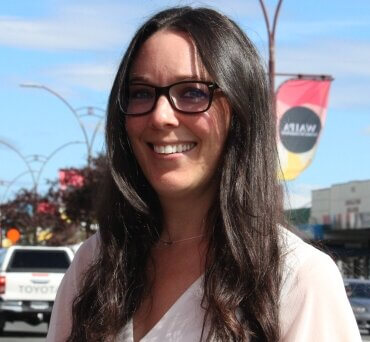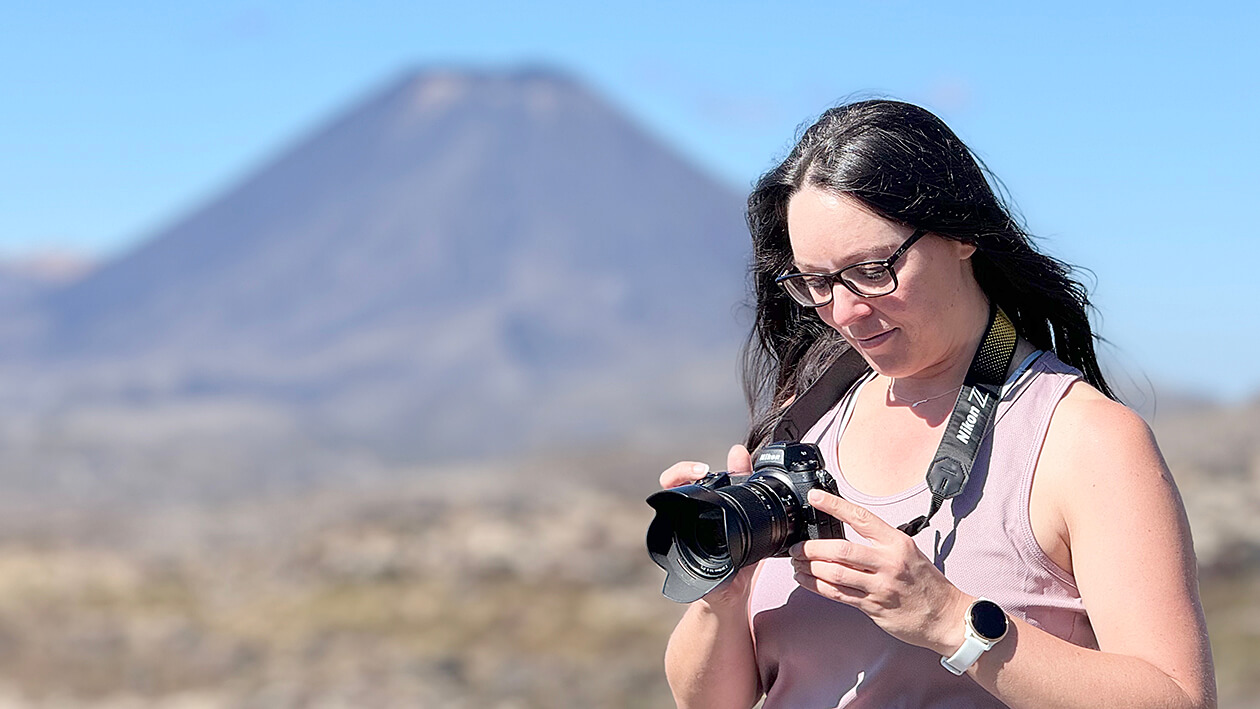
Janine Krippner
When a hazardous geologic process is triggered, the consequences can be felt far away and in seemingly unexpected ways. Cascading hazards are those that are related as part of a sequence of events across both natural and human systems. Because of the multi-faced nature of these, the resulting impacts can be more significant or severe that the initial trigger.

Janine Krippner
One striking example occurred on 18 November 1929 when the magnitude 7.2 Grand Banks Earthquake struck off the coast of Newfoundland in the western North Atlantic, along the continental shelf. The shaking was felt in parts of Canada and the United States. Because of where the earthquake occurred, along the relatively steep part of the seafloor made up of layers of sediments and huge channels and canyons, a large, underwater landslide occurred. The volume of failed material is estimated at about 200 cubic kilometres.
When landslides happen under or near large bodies of water, they can trigger tsunamis. And this one did. About 2.5 hours after the earthquake, the tsunami impacted Newfoundland and was also recorded as far away as Portugal.
Even with the current tsunami warning systems of today, when tsunamis are triggered nearshore, we very well may not get any warning. This is why we urge people to evacuate to higher ground if you feel a long or strong earthquake along our coastlines. Waiting for an official warning may cost lives.
The destruction was catastrophic for communities, with more than 40 villages being impacted.
“Dwelling houses were reduced to a condition reminiscent of wartime description of the effects of heavy shell fire. Former sites of gardens and meadows now thickly strewn with boulders, some of them as large as casks thrown upon the shore by the devastating force of the tidal wave,” St. John’s The Daily News reported.
Remembering that tsunamis are a series of waves over hours, not one giant wall of water, tsunamis are a truly terrifying process. Water heights can be intensified along narrow bays along the coastline, and in this case, waves reached heights up to 27 metre in these areas as the water surged up the landscape.
A total of precious lives were lost, and many others severely disrupted. Homes, businesses, ships and fishing gear were destroyed, and livestock were killed. To make matters worse, it took more than three days for help to arrive.
The story of what happened was eventually figured out in part because the landslide took out 12 submarine transatlantic telegraph cables. This information helped scientists to understand how the landslide moved, and how the three processes involved were related.
This sort of devastation reminds us of the necessity of understanding how our planet works not just as one isolated hazard, and how the interactions between different hazards can make things much worse for us. This also helps us to prepare. From this knowledge, we can understand what signs to look out for and know what actions we need to take to protect our own lives, and the lives of those around us, especially when we cannot rely on an official warning.

Janine Krippner checks her camera settings while on volcano watch. Photo: Drew Mehrtens.








